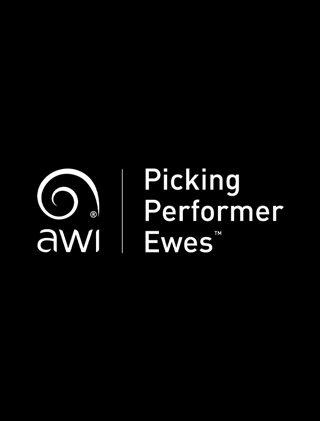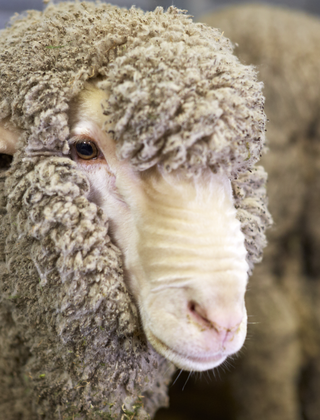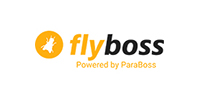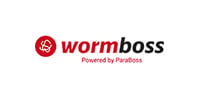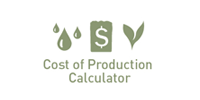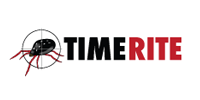Welcome to Australian Wool Innovation, a hub for the woolgrowers of Australia.
Not a woolgrower? Looking for information about wool products, wool care or wool processing?
The Woolmark Company is the global authority on wool. Visit Woolmark.com instead.
Mitigating risk
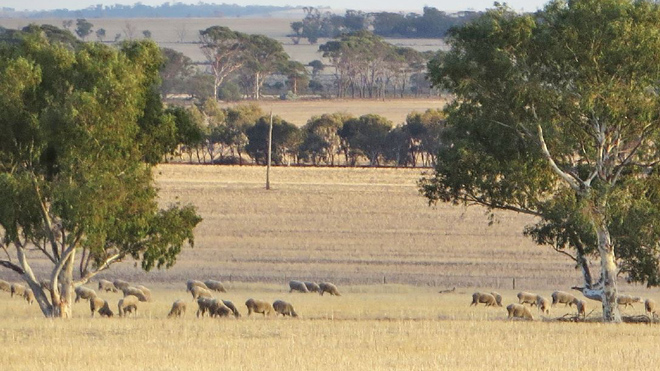
According to sheep classer Michael Elmes, increasing numbers of farmers are seeking to mitigate risk on farm by defying industry trends and lifting Merino numbers on their mixed farming operations, with the aim to balance the books and generate cash flow more evenly across the year.
Sheep classer Michael Elmes of Smartstock Sheep Services at Narrandera in NSW operates one of Australia’s largest sheep classing businesses, advising businesses from leading studs to large commercial operators.
He says he has seen an extraordinary increase in his clients lifting sheep numbers in an effort to stabilise costs and income on farm, as clients reduce the amount of land devoted solely to cropping.
There are multiple elements at play, he said, the first being risk management, with clients chasing better cash flow across the year rather than waiting for one big pay cheque.
“If you are 100% cropping, there are five factors that you have no control over: fuel, chemical and fertiliser prices, machinery costs and finance,” he said. “Then at the end of the year, you rely on the gods to get a crop off and then some market stability and weather to give you a good price for all your effort.”
For example, Michael said, the same quality wheat made $130 per tonne more in 2023 than it made in 2024, which has a major effect on the bottom line.
The experienced Merino advisor says he has seen an increase in demand for high quality Merino ewes to go into self-replacing flocks, as clients further reduced the amount of land they only cropped.
“The best operations are the ones with a self-replacing flock and using a terminal sire over the surplus ewes,” he said.
“80% of the profit and income comes from 20% of the industry and those that are doing it well are in that bracket, the rest make up the 80% of producers only generating 20% of the income.
“When you have the ability to get a wool cheque, produce young and old surplus stock and wethers that are all saleable out of the Merino flock, join the cast for age and culls to a terminal sire and generate a first cross lamb at $200, then you have a very profitable enterprise and that’s why savvy farmers are increasing numbers rather than reducing.
“Even with a low wool market of recent times, the prices earned for surplus sheep, wether lambs and crossbred lambs to slaughter, the whole package still allows a handy profit, whether it be a good or bad year season-wise.”
Michael is adamant that a sheep flock run on cropping country pays the interest and running costs and it is something to bank on every year.
“Running an enterprise like this and balancing with a cropping enterprise, you have the ability to sell stock at multiple times of the year, to increase your cash flow, reduce weed management on your farm, and the livestock enterprise helps fund the cropping costs at the end of the year,” he said.
“In a year when you have a great crop, you reap the rewards of that year, but in an average or bad year, you have livestock to cover your costs and generate turnover throughout the year, reducing the need for a massive overdraft.”
This article appeared in the Winter 2025 edition of AWI’s Beyond the Bale magazine that was published in June 2025. Reproduction of the article is encouraged.






